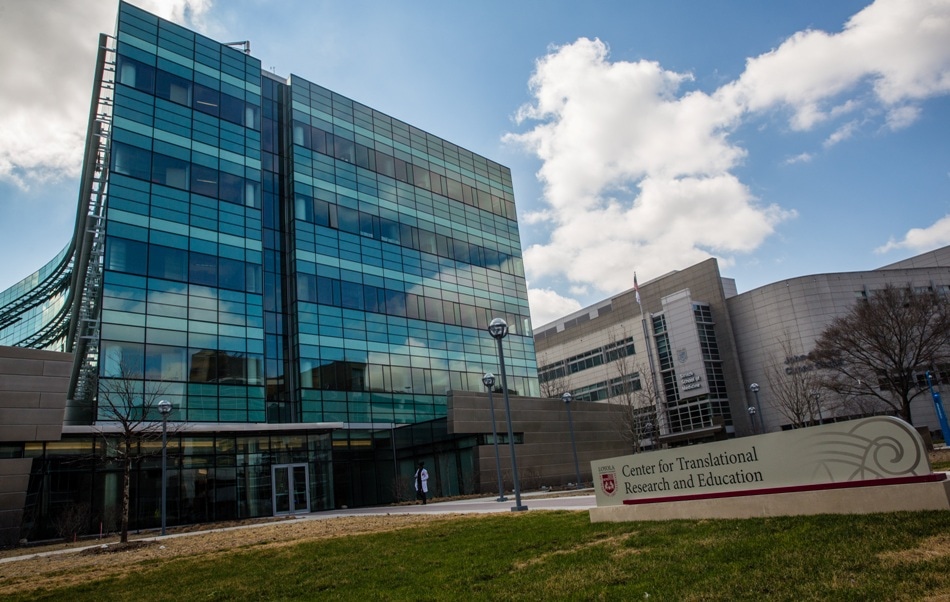Feb 23 2017
Loyola University Chicago’s Center for Translational Research and Education (CTRE) has received the prestigious LEED® gold certification from the U.S. Green Building Council.
 Loyola University Chicago Center for Translational Research and Education. Credit: Loyola University Chicago
Loyola University Chicago Center for Translational Research and Education. Credit: Loyola University Chicago
LEED (Leadership in Energy and Environmental Design) is the foremost program for the design, construction and operation of green buildings. LEED-certified buildings use less water and energy and reduce greenhouse gas emissions.
Loyola’s innovative medical research and education center opened in April, 2016 on the university’s Health Sciences Division campus in Maywood, Ill. The five-story, $137 million building houses 500 students, faculty and staff. The CTRE is a collaborative initiative of Loyola University Chicago, Loyola University Health System, and Trinity Health.
“While the CTRE is the biggest and most complex building the university has ever built, it also has a relatively small environmental footprint,” said Peter Schlecht, Loyola University Chicago’s senior project manager. “The CTRE uses 30 to 40 percent less energy than a standard research building that meets energy codes, and is more energy efficient than at least 90 percent of comparable research facilities.”
The CTRE's high-performance exterior walls provide maximum insulation. Occupants are able to open the windows, thus allowing for natural cooling in the spring and fall. The inside of the building is awash in daylight, reducing the need for artificial lighting. Exterior shading devices provide shade in the summer, while allowing the sun to shine through in the winter.
“Loyola’s LEED certification demonstrates tremendous green building leadership,” said Mahesh Ramanujam, president and CEO of the Green Building Council. “Buildings that achieve LEED certification are lowering carbon emissions, creating a healthier environment and reducing operating costs while prioritizing sustainable practices.”